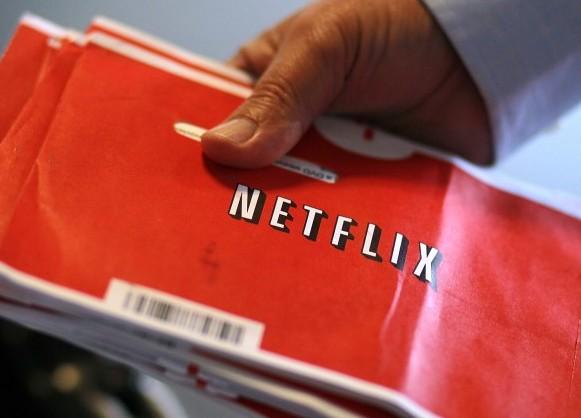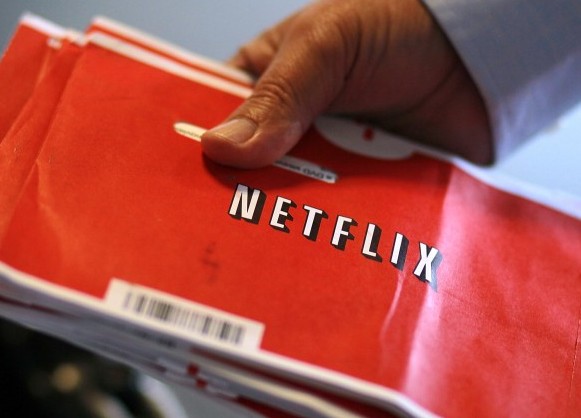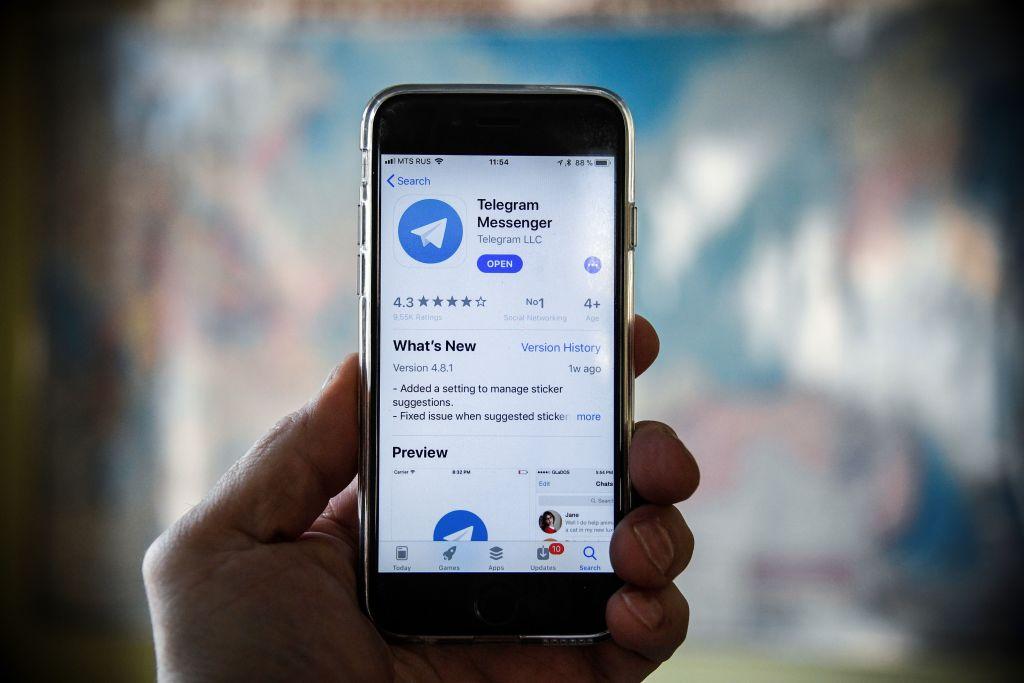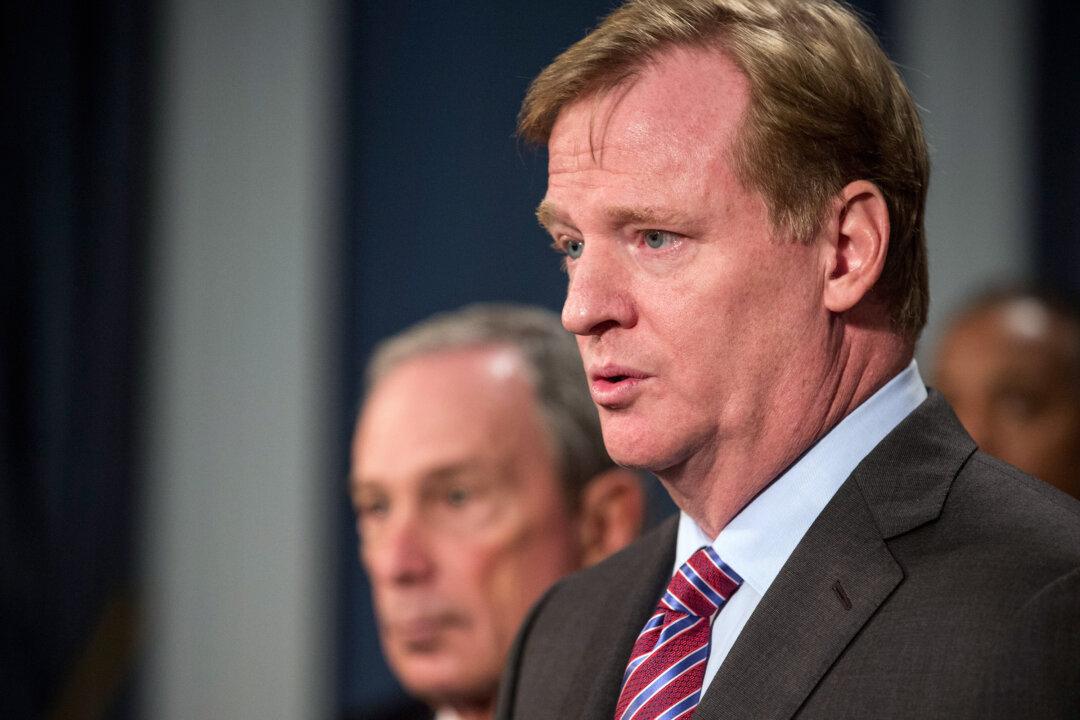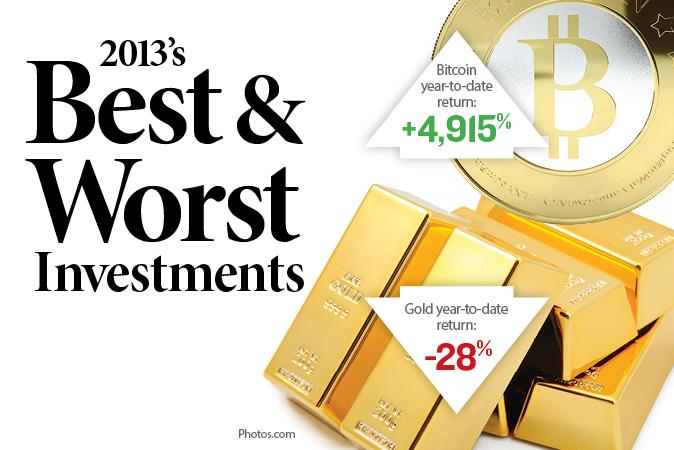Business Commentary
While Netflix Inc. has made some questionable moves and seen its shares tumble more than 60 percent this year; recent headlines would make you believe that the company is on the verge of bankruptcy.
The share price of the ubiquitous DVD-by-mail and video streaming service has tumbled from a high of $298 per share on July 13 to barely over $60 these days. This led Wedbush analyst Michael Pachter to call Netflix “broken,” and in a research note to investors, wrote, “While we think that the company would have seen some customer defections and trade-downs at any price point, it is clear to us that the defections and trade-downs would have been less dramatic had the price increases been smaller.”
Pachter said that Netflix must sign on 15 million additional streaming-only customers to make up for the revenues from lost customers this year.
Netflix has made some bad business decisions—which CEO Reed Hastings admitted himself in an email to customers—its recent share price drop is an indication that Wall Street significantly overvalued the company in the past, as opposed to Netflix having an inherently bad business model.
Now, many of the same Wall Street analysts who helped send Netflix’s share price into the stratosphere are beating the drums for its demise. I think the final answer is somewhere in between, and in the long term, Netflix’s growth potential is significant.
Let’s recap. Netflix over the summer announced a separation of its regular $9.99 plan—which offered both DVDs by mail and Web streaming—to two $7.99 plans. In essence, customers wishing to keep the same services would need to pay $15.98, a price increase of 60 percent.
Next comes the big head scratcher. Netflix proceeded to rebrand its DVDs business into a company called Qwikster, which was met with immediate ridicule and backlash. It was a questionable move, and one, which was unjustifiable unless the company was planning to spin off or sell the DVD mailing business completely.
The company has since abandoned the Qwikster idea, but has kept the price hike, which many analysts feel is necessary to make a profit.
Now, it may have lost some customers in the short term, but I believe that the company will continue to grow because a) there are currently no viable alternatives, and b) Netflix remains a good deal at $15.98 per month.
Currently, Amazon.com Inc.’s Amazon Prime service—at $79 per year—is one of the only competitors worth a mention. However, its movie and TV library pales in comparison with Netflix’s, and its interface is barely usable. In addition, Prime is not supported by nearly as many devices as Netflix, which can be run via many mainstream televisions, Blu-ray, and DVD players, as well as game consoles such as Nintendo Wii and Sony PlayStation.
Hulu is also cheaply priced, but its selection is equally small, and it has commercials.
Streaming media is the future of entertainment, and unless households want to continue to fork over $150 for cable television, services such as Netflix are here to stay.
If one can see past the noise and judge Netflix not by its past gaffes, but by the potential of its products and services and its position in the marketplace, one realizes that it has a bright future.
